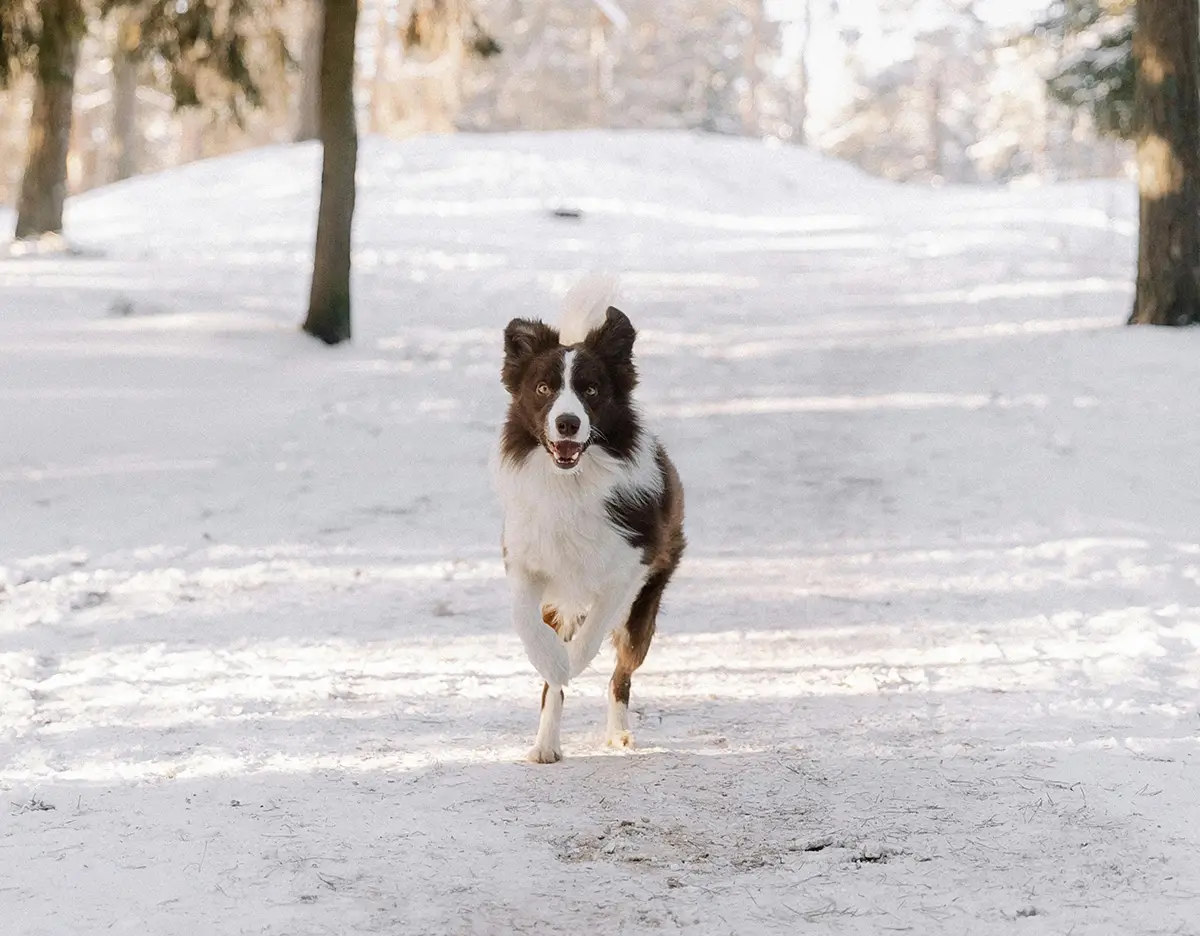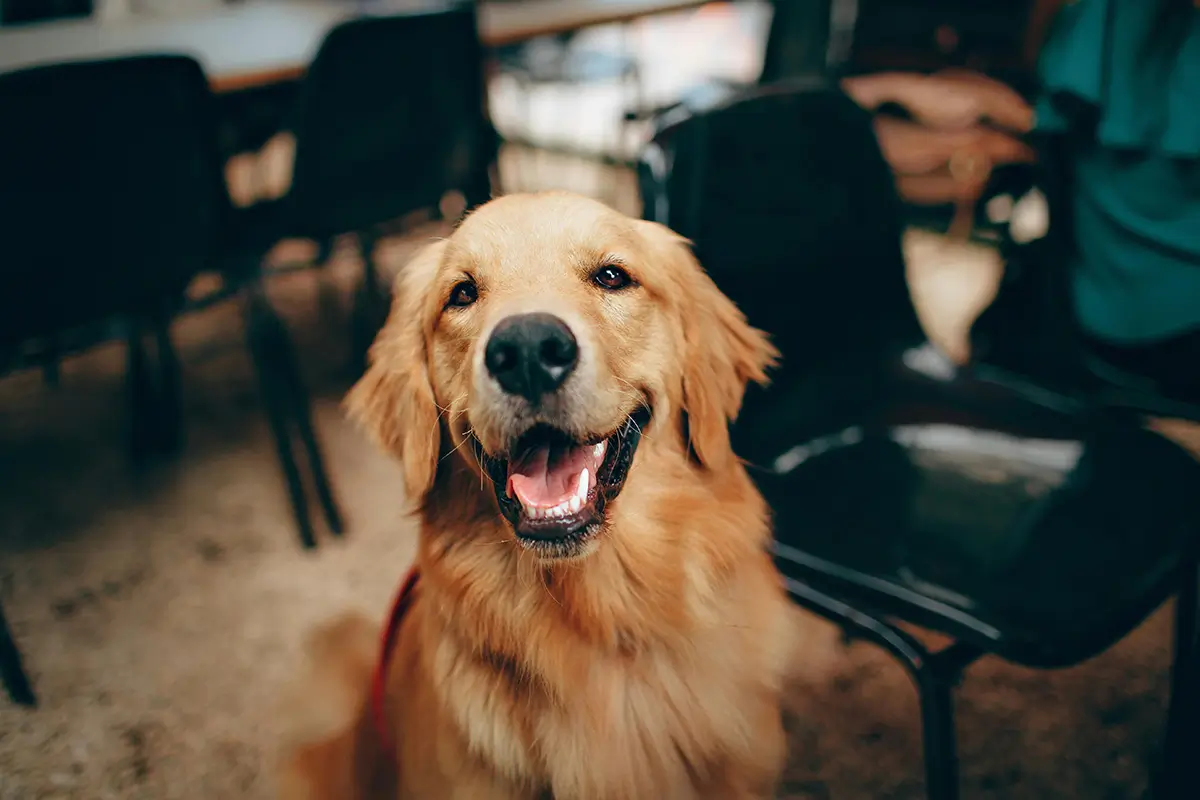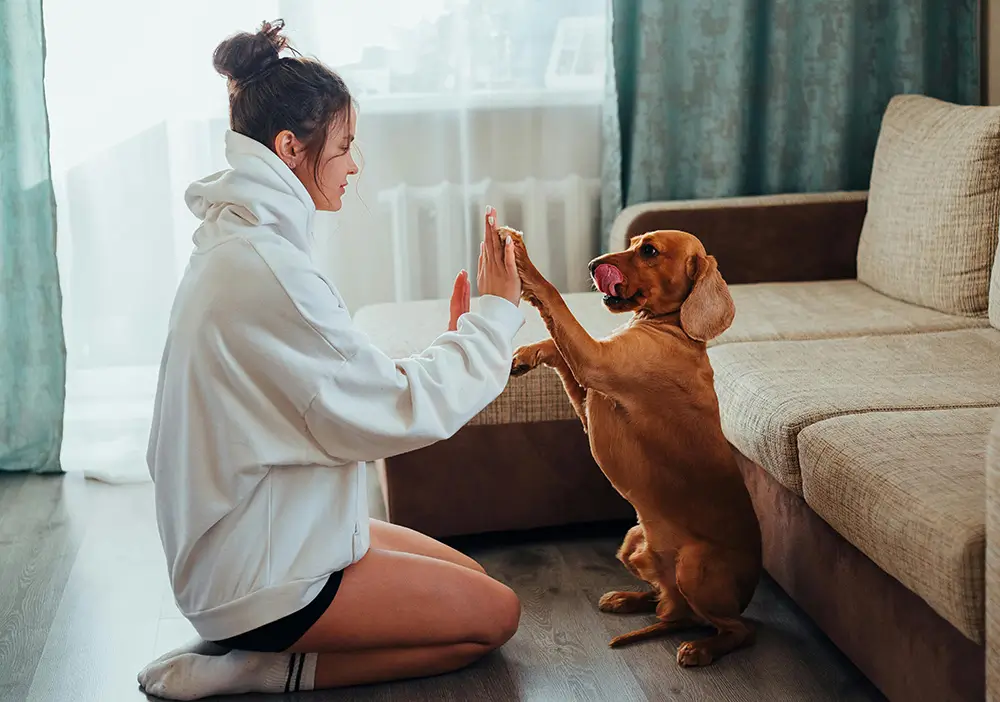Do you have a dog that reacts to other people or other dogs? If so, this article is for you! Desensitizing your dog involves changing your furry friend’s association with a scary stimulus (like dogs or particular people) from negative to positive. The easiest way to give most pups a positive association is with very high-value, really yummy treats. I like to use broiled chicken,cheese or kibble mixed with Salmon oil.
Here’s how it works:
1. Determine the distance at which your dog can be in the presence of the scary person or animal and be alert but not extremely fearful or reactive. By this I mean, he can look at the scary thing but he is not barking, lunging or going crazy. Sometimes this means walking across the yard, into another room or even across the street. This is called the threshold distance. Now go 3 feet further into the dog’s safety zone.
2. While holding your dog on leash, have a friend, neighbor, associate, partner present the stimulus at this threshold distance. If the dog is reactive to men, then ask a gentleman to help you. If the dog is reactive to other dogs, find a friend with a relaxed dog that does not get overly excited. The instant your pup sees the stimulus, start feeding bits of chicken, non-stop. Give the treats one at a time so it lasts a long time.
3. After several seconds, have the helper remove the stimulus out of sight, and stop feeding chicken. The minute the dog can not see the person/dog he is reacting to, stop feeding him immediately.
4. Keep repeating steps 1-3 until the presentation of the stimulus (person or dog) at that distance consistently causes your dog to look at you with a happy smile and a “Yay! Where’s my chicken?” expression. In trainer’s terms this is called a “conditioned emotional response” – your dog’s reaction to the stimulus at just beyond the threshold distance is now positive instead of negative! In other words, it is like Pavlov’s dog theory. Ring the bell, you feed the dog and eventually the dog relates the bell to eating and expects good things. In this example, the dog learns to relate the fearful man, child, dog or whatever to getting yummy treats. Seeing the dog or person becomes a good thing rather than a scary thing. Now this may take some time, depending on how reactive your dog is to whatever stimulus gets him going. Once your dog is relaxed when he sees the source of reactivity and readily accepts a treat from you in a calmer manner, you can move to the next phase. IMPORTANT NOTE: Please be patient. This may take a day, a week, sometimes more. You simply do not know what happened to the dog to cause him to be so fearful.
5. Now it is time to make it s bit more challenging for your dog. You can do that by decreasing the distance VERY slightly or by increasing movement of the scary person/dog but maintain the same distance. Maybe the person or dog can walk by rather than standing still. But it should only be one thing at a time. Do not decrease the distance and add movement. It will just set the dog off again. Continue to feed the dog continously like in the previous steps. If you get to the point where you are too close or the movement is too much for your dog, simply start from the beginning. You want to do this in very small increments until your dog is happy to be very near the scary thing and perhaps even sniffs the person or dog.
6. Once the above steps have been accomplished, return to your original threshold distance and increase the intensity of your stimulus by adding more than one man or two dogs or a couple of children, etc. With each new phase, you work through these same steps each time. Over time, your dog will be able to either tolerate the stimulus or actively engage and enjoy whatever scared him before.
One final note. Always end your training on a good note. You can pet your dog, tell him he is good, give him a belly rub. This way the dog learns that everything good happens around you and these exercises help her to build trust.




